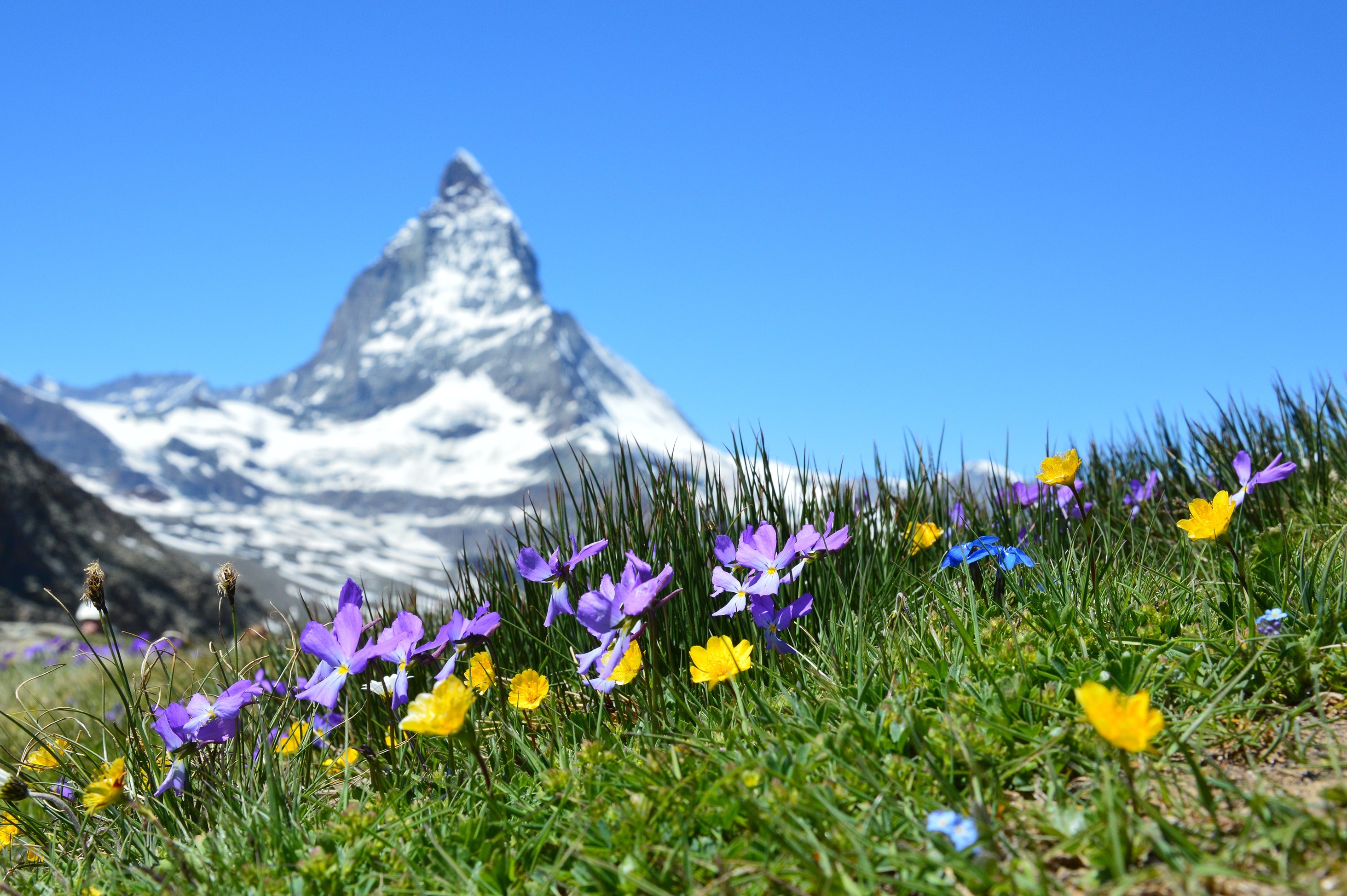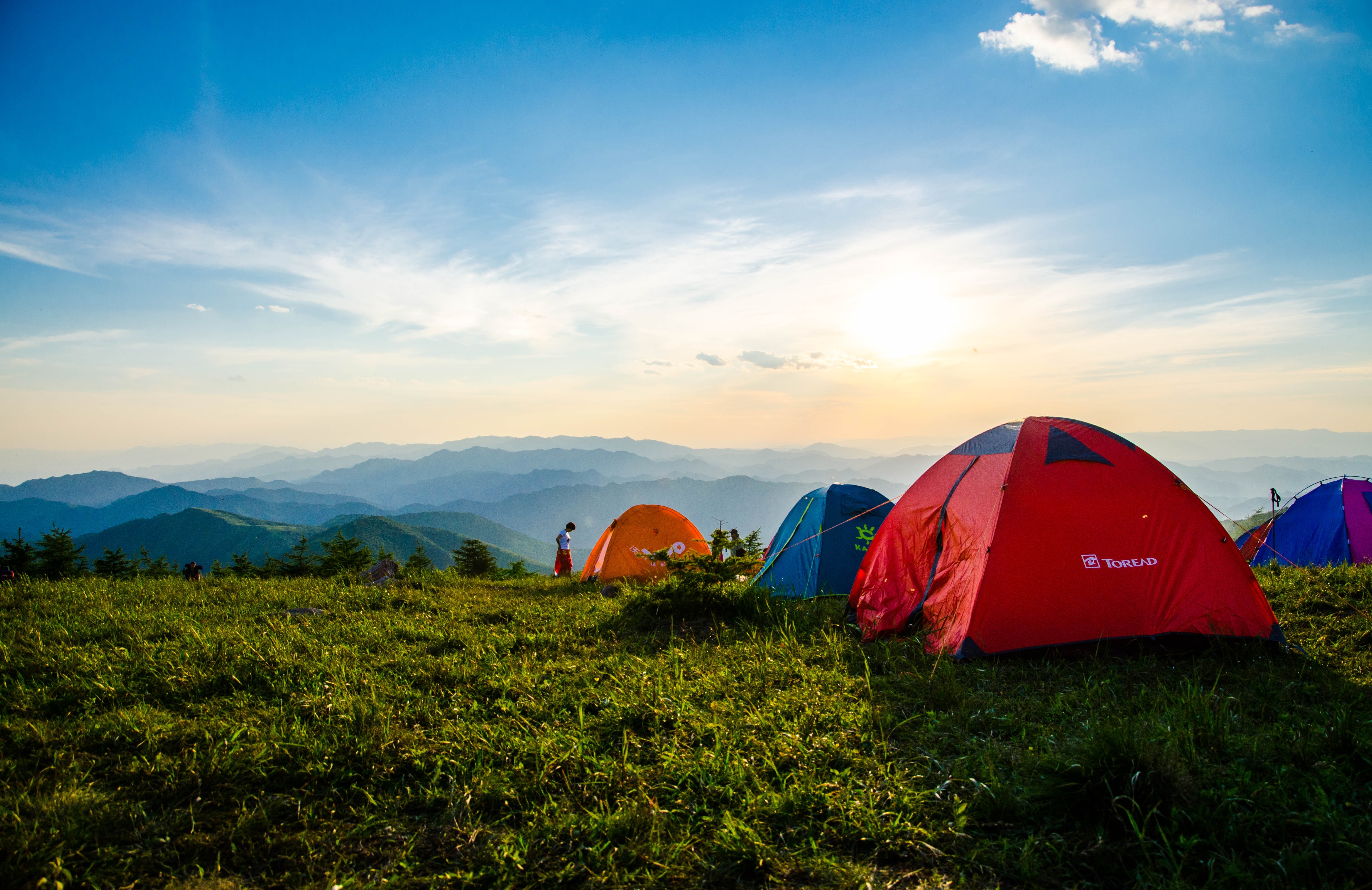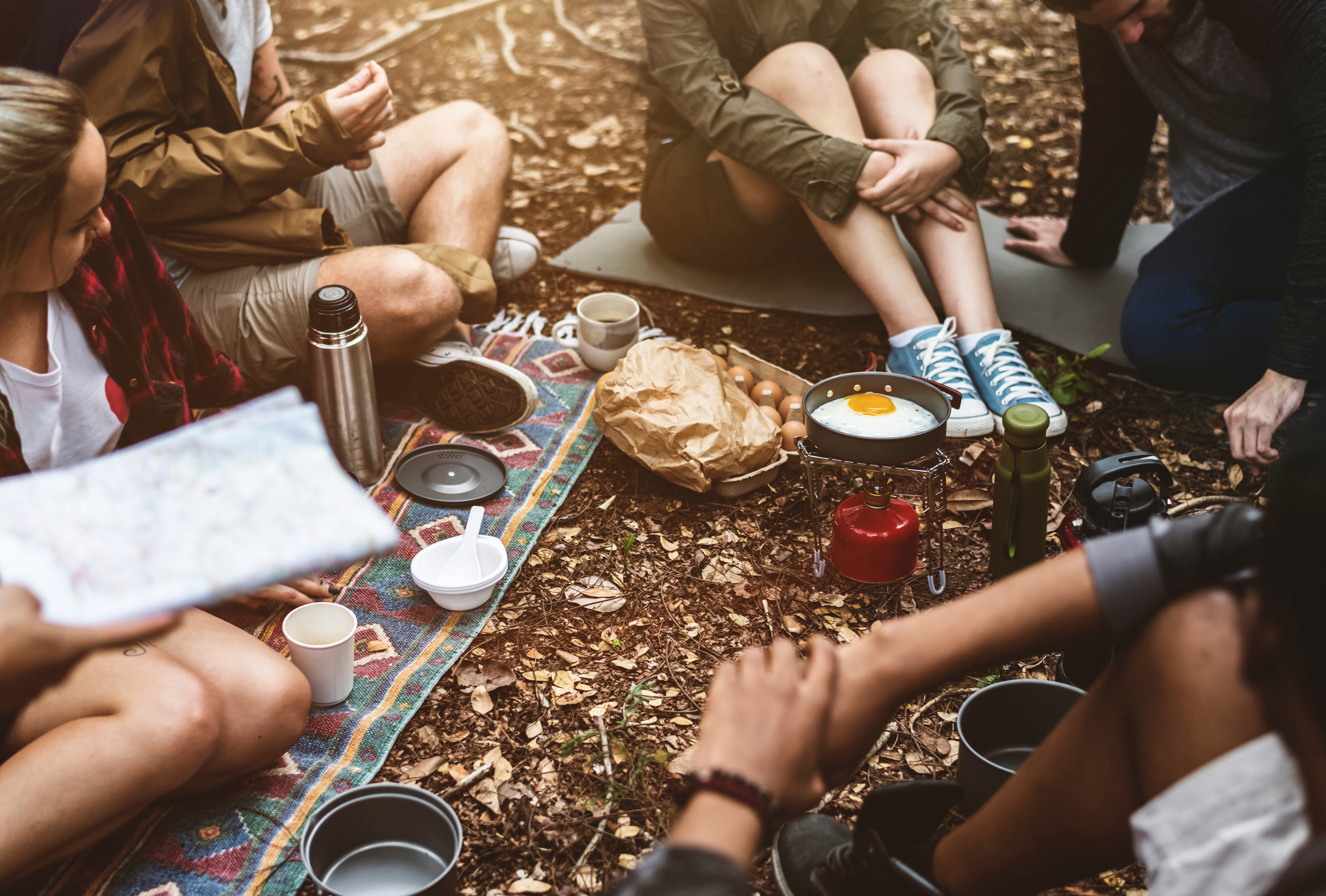June 27, 2019
The Perks of a Wilderness Classroom

Many of the students who come to Second Nature often have some problematic behaviors around school. Whether it be avoidance, refusal, poor grades or expulsion, school is a common denominator for adolescents. Second Nature is the first wilderness program that is accredited as a private school. Second Nature offers a unique opportunity for our students to receive academic credits while examining their own issues and problematic behavior in the wilderness. Oftentimes our student's academic struggles and therapeutic work are intertwined. The academic curriculum not only offers a platform to achieve credits but encourages students to practice study skills, and learn the importance of completing tasks that they are not necessarily interested in. The Second Nature Academic Curriculum (SNAC Pack) provides credits in biology, psychology, English, and physical education if fully completed during a student’s stay. This means that if completed to the fullest student have the opportunity to earn 2 Utah credits (one full semester in each of the four courses).

So how does it work? Well, each student is given a SNAC Pack when they enter the program, day one. Each day students are given an adequate amount of “personal time” to work through their curriculum and therapeutic assignments. Typically, the student’s primary therapist will assign two complete SNAC Pack assignments each week. Field mentors are trained and well-versed in assisting students with the course work and instilling motivation. This curriculum is individualized and is tailored to a student’s learning capability.
At the end of the day, we make it clear to the students that we can not “force” them to do anything. Whether they complete their SNAC Pack or not, it's entirely up to them, however, this is a key factor that highlights their therapy. Often times the therapy is doing something you don’t want to; or following directions given by a teacher (field mentor) that you don’t agree with; or finding pride in completing simple tasks, or honing in on time management skills. We often say that wilderness provides a place for students to be challenged and complete hard tasks in order to feel empowered and build confidence. While this is all true, conversely, wilderness also provides a space to challenge students to do things that they don’t particularly enjoy or things that they find pointless and “dumb”. By holding these simple, yet powerful boundaries it opens up a new perspective on real life for our students. It also allows for analysis of entitlement or oppositional defiance a child may be struggling with.
In other situations, the SNAC Pack may be a student's best friend. For the adolescents that struggle with perfectionistic tendencies, checking the boxes or using academics as a distraction from dealing with overwhelming and emotionally charged situations, it's a game changer! However, this does not go unnoticed. If anything this too becomes a students therapy, and encourages further conversation promoting self-awareness around these issues regarding school anxiety, fear of failure, or struggles with being “perfect.”
The SNAC Pack can also provide ease of mind to both students and parents who are anxious about falling behind in school while the student is in the wilderness.

Clearly, the SNAC Pack is much more than a way to receive credits. It promotes growth, conversation and connects a child's therapy to real-life examples. We often find ourselves telling the students that it might be some of the simplest and most valuable credits they’ll ever receive, so why not try? I mean, how often can you earn an English credit sitting in a field of wildflowers in the high mountains? Or earn a physical education credit by hiking in the desert of Utah as a teenager?



